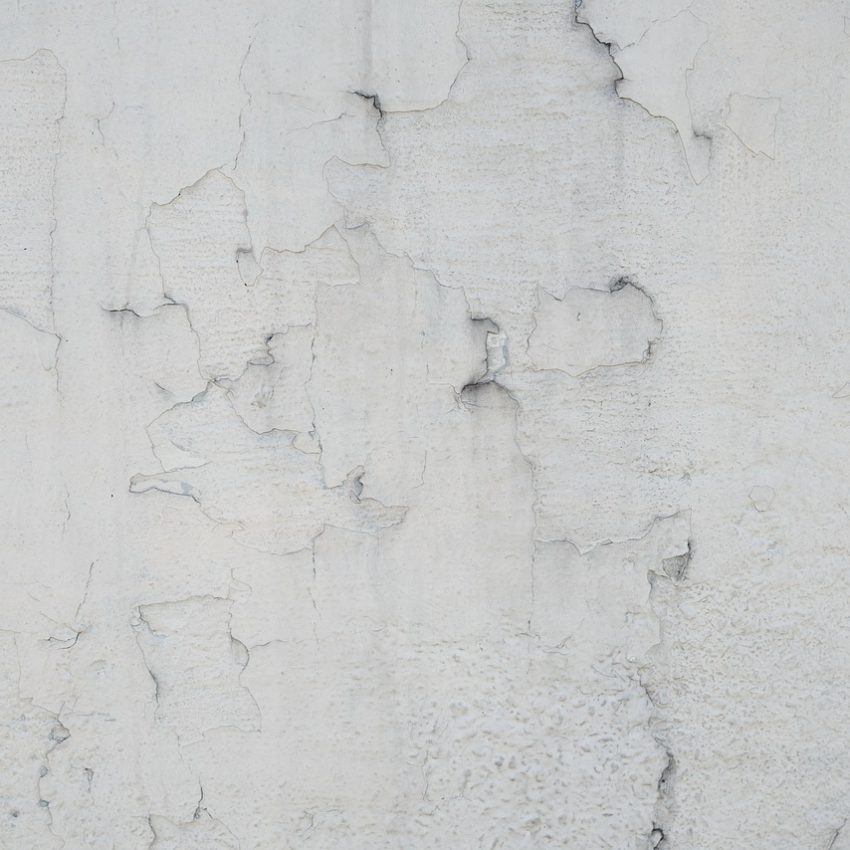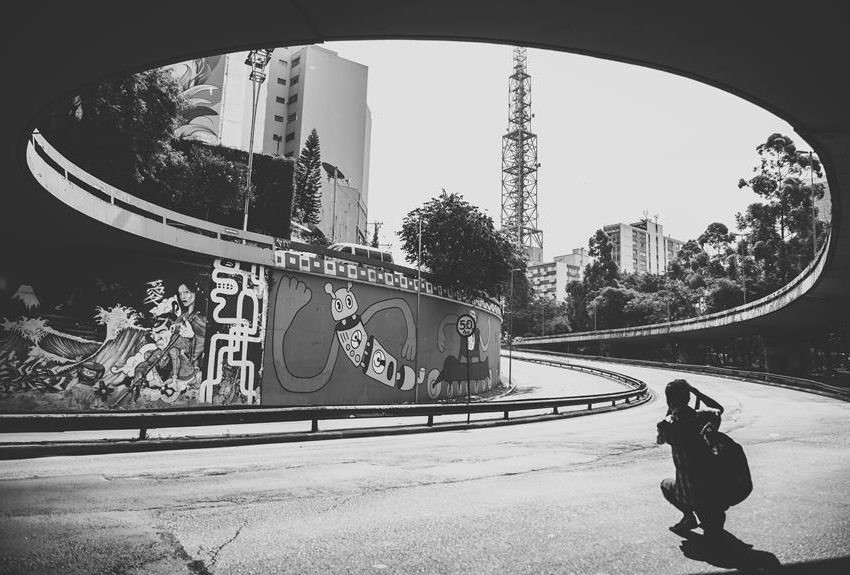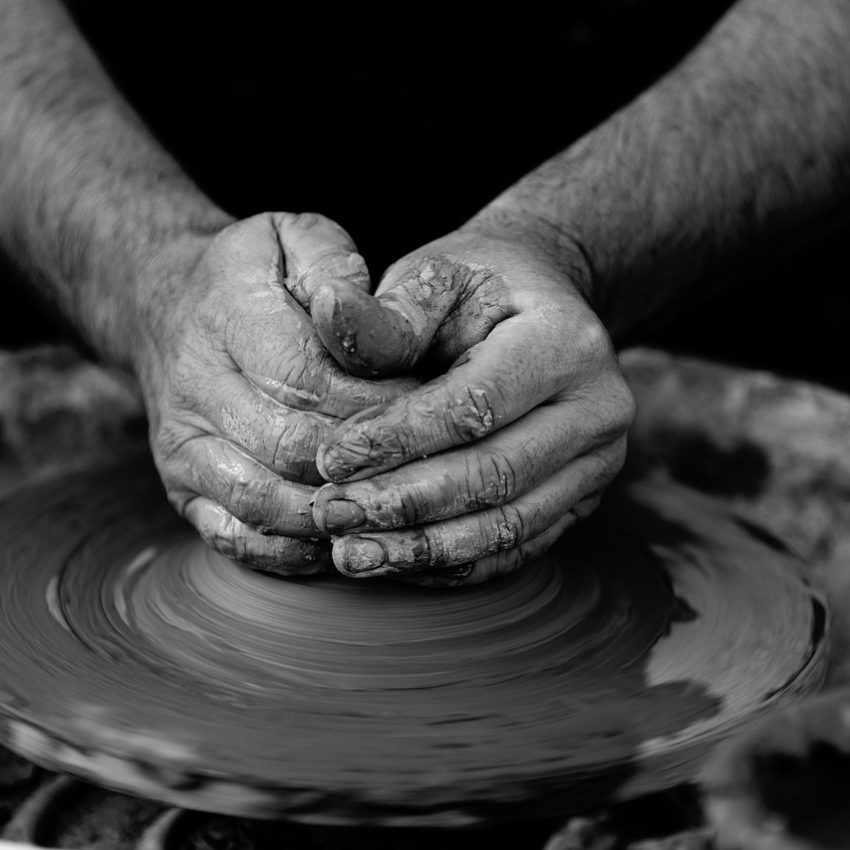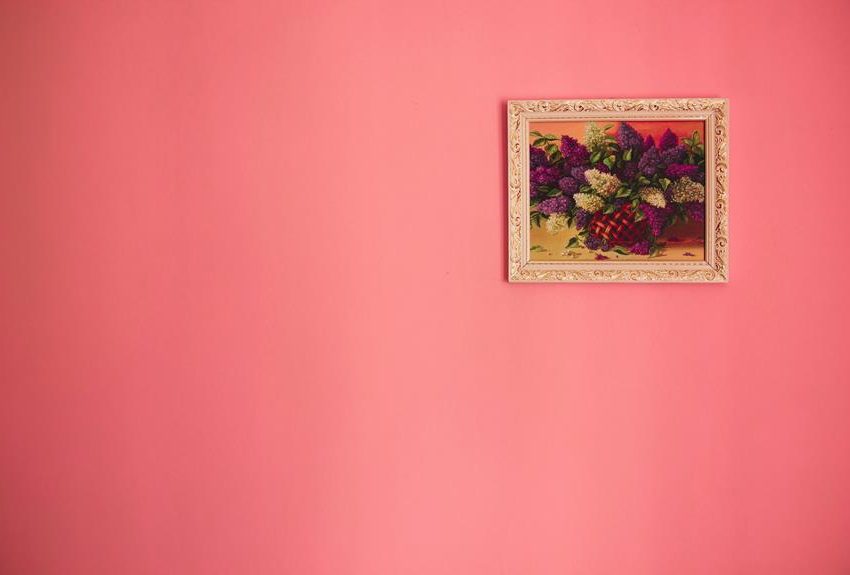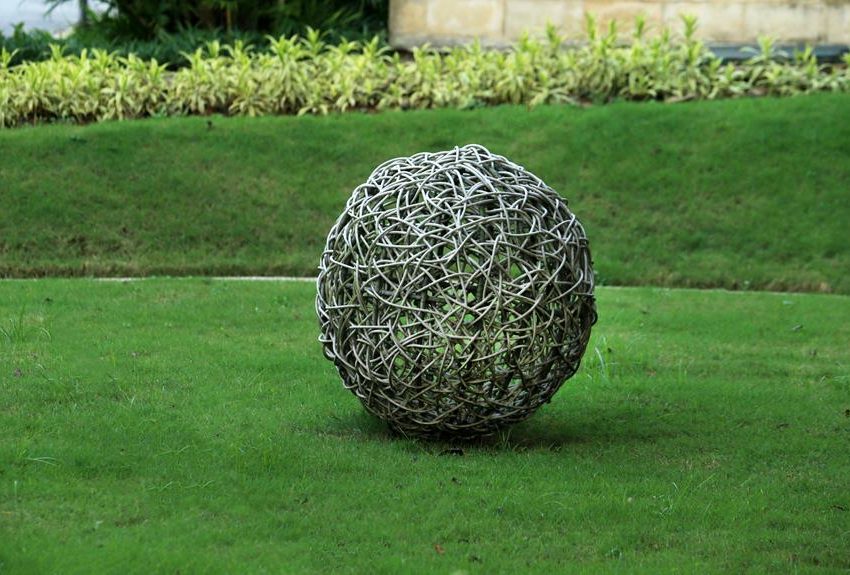Modern Performance Art
In the realm of contemporary art, modern performance art emerges as a unique and captivating enigma. It is a dynamic fusion of creativity and expression that defies traditional boundaries, making it a fascinating chapter in the history of performance art.
From avant garde presentations in unconventional spaces to thought-provoking interactions with audiences, the evolution of modern performance art has been a transformative and influential force in the artistic landscape.
It is a testament to artists’ creative ingenuity and innovative storytelling methods, challenging viewers to observe and immerse themselves in a multisensory journey.
Understanding the secrets embedded within modern performance art is not merely an option; it’s a necessity for:
- Artists seeking to push their craft beyond limits,
- Enthusiasts craving unique experiences that resonate on deeper levels,
- Students exploring the frontiers of artistic expression
- Researchers deciphering the cultural tapestry woven by these performances.
This article delves into the essence of modern performance art and uncovers the hidden gems that make this art form both mesmerising and enigmatic which include:
- Its distinctive characteristics
- Interactive dynamics
- Fusion with visual arts
- Utilisation of space narratives
- Emotional resonance through movement
- Collaborative soundscapes.
Origins
Performance art, born as an alternative artistic expression, emerged parallel to Dadaism in 1916 under the umbrella of conceptual art, marking a pivotal moment in contemporary art history.
Tristan Tzara, a pioneer of Dada, led this movement.
Western cultural theorists trace the origins of performance art to the early 20th century, alongside constructivism, Futurism, and Dadaism.
Dada was a significant inspiration due to its poetry actions, diverging from conventional norms.
Additionally, certain members of Russian futurism contributed to the inception of performance art.
Defining Modern Performance Art
Modern performance art distinguishes itself from traditional art forms through its inherently transient nature, often existing only when performed.
This is a defining characteristic of the year-long performance trend.
This ephemeral quality challenges conventional perceptions of art as tangible or fixed, inviting audiences to engage with the work’s ever-evolving and dynamic essence.
This is a concept central to the artistic practice of the 20th and 21st centuries.
Additionally, modern performance art tends to be interdisciplinary, blending elements of visual arts, music, dance, and technology to create immersive experiences that transcend singular artistic mediums.
These performances are characterised by strongly emphasising conceptual ideas, pushing boundaries, and exploring new forms of expression, a hallmark of the transformative influence of art movements on contemporary artistic practice.
Technology
Technology has significantly reshaped modern performance art.
Artists now have access to innovative tools such as virtual reality, augmented reality, interactive projections, and wearable technology to create multisensory experiences for their audiences.
For instance, the renowned artist Stelarc incorporates cutting-edge technologies into his performances, merging robotics with the human body to challenge perceptions of identity and embodiment.
This demonstrates the fusion of new media and performance art.
This fusion of technology and live performance expands the possibilities for artistic expression and redefines the relationship between the performer and the viewer.
Famous modern performance artists
In the 1970s, the terms “performance” and “performance art” gained widespread usage, although the history of performance in visual arts traces back to futurist productions and cabarets from the 1910s.
Marjorie Strider, as credited by art critic and performance artist John Perreault in 1969, is attributed with inventing the term.
The pioneers of performance art, including Carolee Schneemann, Marina Abramović, Ana Mendieta, Chris Burden, Hermann Nitsch, Joseph Beuys, Nam June Paik, Tehching Hsieh, Yves Klein, and Vito Acconci, played significant roles.
Recent exponents such as Tania Bruguera, Abel Azcona, Regina José Galindo, Marta Minujín, Melati Suryodarmo, and Petr Pavlensky have contributed significantly.
The discipline is closely associated with the Fluxus movement’s happenings and “events”, Viennese Actionism, body art, and conceptual art.
Famous modern performance artists have left an indelible mark on the art world with their groundbreaking works, continually expanding the definition of art through their contributions.
Marina Abramović is celebrated for her durational performances that test physical and mental limits while exploring themes of vulnerability and connection.
In her iconic piece “The Artist is Present,” Abramović sat silently opposite museum visitors for hours, creating a profound emotional exchange through simple presence.
Another notable figure is Laurie Anderson, who is known for blending music, storytelling, and multimedia elements in her performances to create poetic narratives that resonate deeply with audiences.
This marks her as a pivotal artist working within the feminist art movement.
These artists exemplify how modern performance art pushes boundaries, provokes thought, and offers transformative experiences unlike any other artistic medium.
Interactive Nature of Modern Performance Art
Modern performance art has embraced a dynamic shift towards interactivity, blurring the lines between artist and audience.
Unlike traditional art forms that position the viewer as a passive observer, contemporary performance pieces often require active participation from those witnessing the work unfold.
This radical departure challenges conventional roles in the viewer-artist dynamic, inspired by the principles of art movements such as feminist art and the history of performance art.
This newfound level of engagement challenges spectators to absorb and become part of the artistic narrative.
Audience involvement can vary from physical interaction with installations to more subtle actions, such as influencing the direction of a performer’s improvisation.
The advent of social media has revolutionised how modern performance art is experienced and shared.
Platforms like Instagram, Facebook, and TikTok have transformed audience reception by allowing real-time documentation and widespread dissemination of performances.
Artists can now reach global audiences instantaneously, fostering a sense of community and dialogue around their work that transcends physical boundaries.
The digital sphere has opened up new possibilities for collaboration, feedback, and critique, creating a virtual gallery space where performances can live beyond their live execution.
To exemplify the impact of interactive elements in modern performance art, consider renowned artist Marina Abramović’s “The Artist Is Present.”
In this groundbreaking piece at MoMA, Abramović sat silently at a table while museum visitors were invited to sit across from her and engage in prolonged eye contact.
This simple yet profound act transcended conventional limits of spectatorship, inviting participants to partake in an intimate exchange that challenged notions of time and presence.
Such case studies underscore how interactive experiences within performance art have the power to forge deep connections between artists, audiences, and spaces in transformative and unforgettable ways.
Blurring Boundaries: Visual Arts & Performance
The boundaries between visual arts and live performances have become increasingly fluid in modern performance art, leading to an exciting convergence that challenges traditional artistic categorisations.
Artists today are keen on pushing the limits of their creativity by incorporating elements of visual aesthetics and performative actions in their works.
This fusion blurs the lines between different art forms.
It creates immersive experiences for audiences that transcend conventional artistic norms, signalling a transformative period in the art history of performance works.
This trend has significantly impacted the art world by sparking fresh dialogues and redefining how we perceive and interact with art, fostering a deeper understanding of contemporary art history.
The integration of visuals into live performances has opened up avenues for storytelling that transcend verbal or written narratives.
By merging mediums, artists can convey complex emotions and ideas in a multidimensional way.
This engages viewers on a visceral level, thereby contributing to the diverse tapestry of feminist art and performance art history.
Notable contemporary artworks like Ragnar Kjartansson’s “The Visitors,” a live performance piece that combines music with video installations.
This exemplifies this fusion beautifully, challenging audiences to rethink the boundaries between visual spectacle and experiential performance.
Audience perceptions have been transformed as they are no longer passive spectators but active participants in these cross-disciplinary artistic experiences.
The interactive nature of performances that blend visual elements with live actions invites viewers to engage with the artwork personally, fostering a deeper connection and understanding of the artist’s intent.
As boundaries blur between visual arts and performances, audiences are encouraged to explore new ways of interpreting art beyond traditional frameworks.
Embracing a more dynamic and immersive relationship with creative expressions across various mediums.
The Role of Space in Modern Performances
In modern performance art, space is not just a backdrop but an active participant in shaping the narrative and mood of a piece.
Artists meticulously select locations that resonate with their concept to add layers of meaning to the performance.
For instance, Marina Abramović’s iconic performance “The Artist is Present” at the Museum of Modern Art saw her sitting motionless for hours, inviting audience members into an intense gaze exchange.
The museum setting added institutional weight to the endurance-based work, emphasising the intersection between art and presence.
One prominent trend in contemporary performance art is the use of unconventional spaces as venues for artistic expression.
Artists are stepping out of traditional theatres and galleries to transform industrial warehouses, abandoned buildings, or even urban streets into immersive stages.
This movement significantly broadens the horizons of the art centre and public art installations.
This shift heightens the visceral experience for viewers who are no longer mere spectators but integral parts of a dynamic environment.
An exemplary instance is Ragnar Kjartansson’s durational piece “Bliss,” performed live at the Venice Biennale inside a crumbling room where musicians played a sad tune repeatedly, creating an intimate connection with both performers and the decaying surroundings.
Spatial design is crucial in enhancing or altering audience encounters within modern performances, enriching the form of art through immersive experiences.
Whether seating arrangements break down barriers between performers and onlookers or intricate set designs immerse viewers in surreal atmospheres, every element contributes to crafting an unforgettable experience.
Artists like Laurie Anderson have pushed boundaries by incorporating multimedia elements into spatial compositions, blending audiovisual components seamlessly to envelop audiences in thought-provoking narratives that transcend traditional performance boundaries.
Emotional Impact Through Body & Movement
In modern performance art, conveying emotions through physical movements plays a pivotal role in engaging the audience on a deep and often visceral level.
Unlike traditional forms of dance that may focus primarily on technique and aesthetics, contemporary movement-based performances prioritise the expression of raw emotion and storytelling through innovative choreography.
Artists harness the power of body language to evoke a range of feelings – from joy and passion to despair and vulnerability – creating a profound connection with viewers, a dynamic shared by the immersive installations of video art.
Comparing traditional dance forms like ballet or classical Indian dances with contemporary movement-based performances reveals a striking shift in emphasis, illustrating the evolution of artistic practice over decades.
While classical dances adhere to established forms and gestures steeped in tradition, modern performance art liberates movement from strict conventions, allowing artists to explore unconventional methods of expression.
This departure from formalism enables performers to experiment with abstract concepts, pushing boundaries by integrating styles like street dance, improvisational techniques, and interdisciplinary approaches.
The psychological impact on viewers can be profound when they witness emotionally charged body movements.
Watching performers translate complex feelings into physical actions can elicit audience empathy, introspection, or even catharsis.
The authenticity and vulnerability displayed in these performances have the potential to provoke introspective reflections within spectators, trigger personal memories, or stir dormant emotions, a testament to the power of video art in performance.
By immersing themselves in the emotional journeys portrayed by artists through movement, audiences are prompted to confront universal themes such as love, loss, identity, and resilience.
Notable examples such as Pina Bausch’s iconic piece “Café Müller,” known for its intense emotional depth conveyed through stark movements juxtaposed with haunting music, exemplify how modern performance transcends mere entertainment to become a transformative experience for both performers and viewers.
Through intricate choreography that communicates narratives without words, artists craft evocative stories that resonate with audiences across cultural boundaries.
This fusion of emotion-driven movement and storytelling underscores modern performance art’s enduring allure and power in capturing the human experience’s complexities through the body’s language.
Experimental Soundscapes: Music & Performance Art Collaboration
The fusion of music and performance art has been a revolutionary aspect of modern artistic experimentation, creating multisensory experiences that profoundly captivate audiences.
In avant-garde performance pieces, the collaboration between music composition and live performances blurs traditional boundaries, resulting in innovative and immersive soundscapes that elevate the emotional impact of visual storytelling.
One prime example is Marina Abramović’s iconic performance piece “The Artist Is Present,” where composer William Basinski created a hauntingly beautiful musical score to accompany Abramović’s silent presence across from museum visitors.
The synergy between Basinski’s ambient soundscapes and Abramović’s powerful performance intensified the emotional resonance of the artwork, forging a deep connection with participants.
Interviews with contemporary artists in these collaborative endeavours shed light on the meticulous process behind seamlessly fusing music and performance art.
Renowned artist Laurie Anderson, known for her groundbreaking multimedia performances, emphasises the importance of finding harmony between sound and movement to craft a cohesive narrative during live shows.
By working closely with musicians to create custom scores tailored to each performance, artists like Anderson bridge distinct art forms to construct cohesive sensory experiences that transcend conventional artistic boundaries.
The impact of soundscapes on enhancing visual performances is undeniable, as seen in the work of Japanese artist Ryoji Ikeda.
His immersive audiovisual installations combine minimalist aesthetics with precise sound design to create mesmerising environments that envelop viewers in an otherworldly experience.
They highlight the intersection of artistic practice and technological innovation in modern art centres.
Through intricate collaborations with sound engineers and composers, Ikeda constructs dynamic sonic landscapes that synchronise with his visual compositions, eliciting intense emotional responses from spectators.
This seamless integration of music and performance enriches the viewing experience and challenges perceptions of spatial relationships within a given environment, offering audiences a transformative journey through artistry and audiovisual ingenuity.
conclusion
In conclusion, modern performance art has emerged as a transformative art form within the contemporary art scene, blurring the lines between traditional and new media.
From its beginnings in the avant-garde movements of the early 20th century to the pioneering works of artists like Joseph Beuys and the first feminist art performances, it has redefined the very nature of art.
Performance art at Tate and Tate Modern in London and the Guggenheim Museum in New York have provided platforms for prominent performance artists to challenge notions of art and explore the boundaries between art and life.
Performance art continues to evolve, with contemporary artists using performance and installation to express concepts beyond the confines of traditional art forms.
Women artists have played a significant role in shaping the trajectory of performance art, turning the streets of New York into their canvas and pushing the boundaries of what art could be.
The power of performance art to transcend the confines of the art gallery and redefine the space of art has paved the way for new media art and video art to flourish within modern and contemporary art museums.
As dedicated spaces and publications explore the history of performance art and its impact on the art world, performance art at Tate and the tanks at Tate Modern are prominent examples of how performance art is presented and experienced.
The pioneers of performance art, such as Futurist artists and American performance artists of the 1960s, have laid the groundwork for contemporary artists to push the boundaries between performance and painting further, blurring the lines between art and life.
In this way, performance art continues to challenge traditional notions of art and redefine the very nature of art itself, offering an immersive and thought-provoking experience for both artists and audiences alike.
